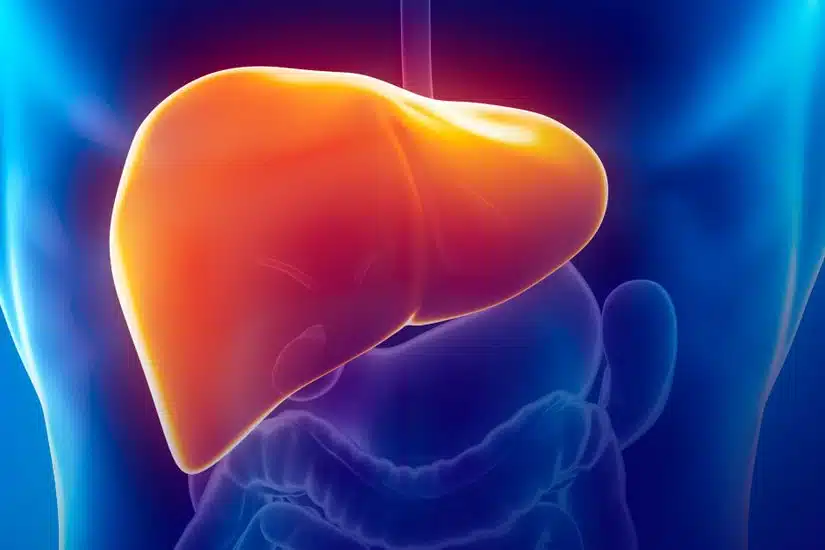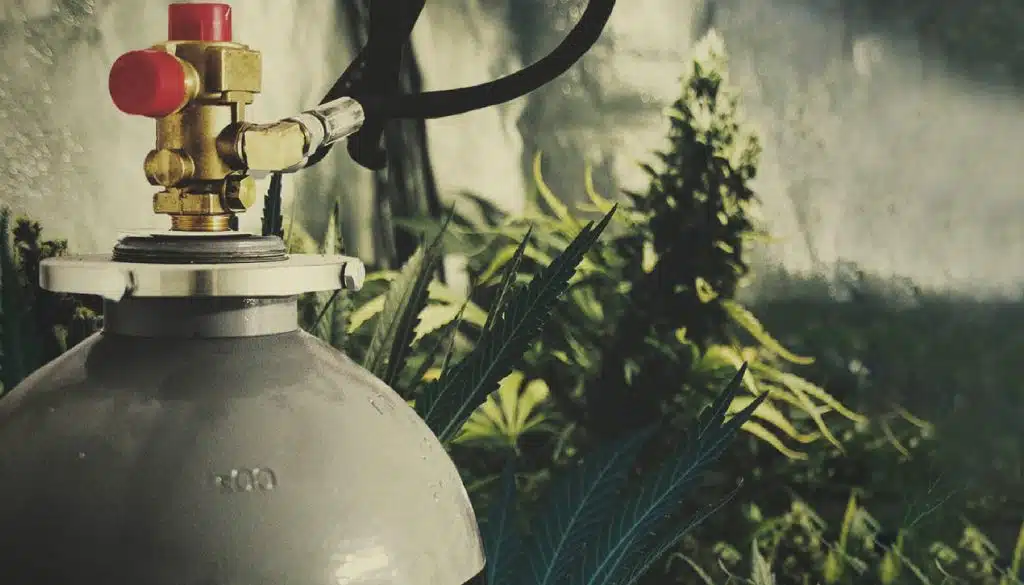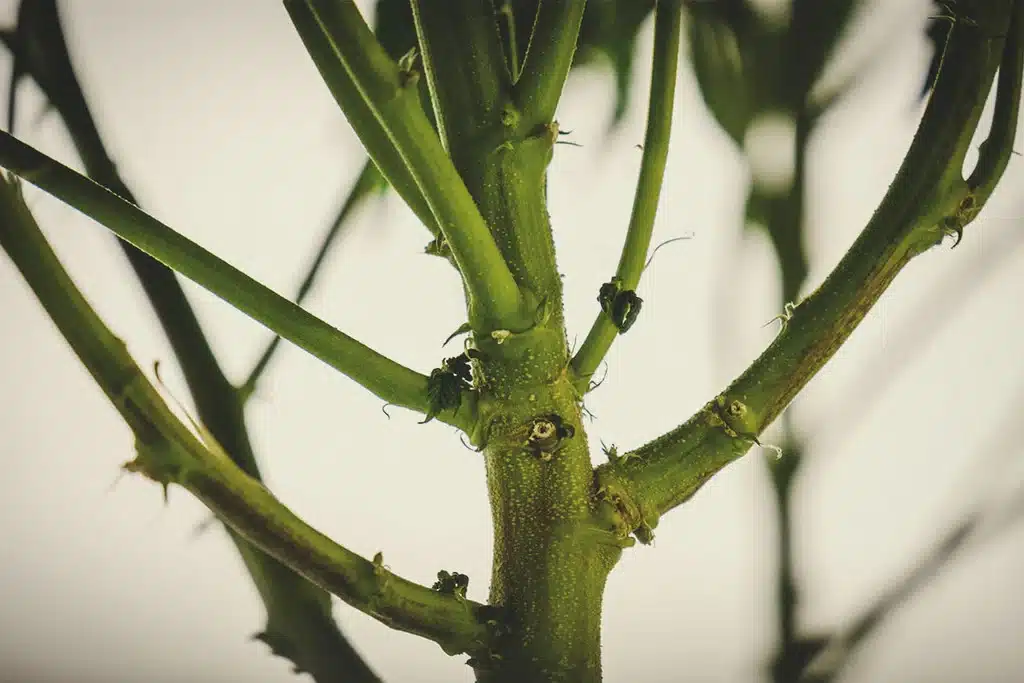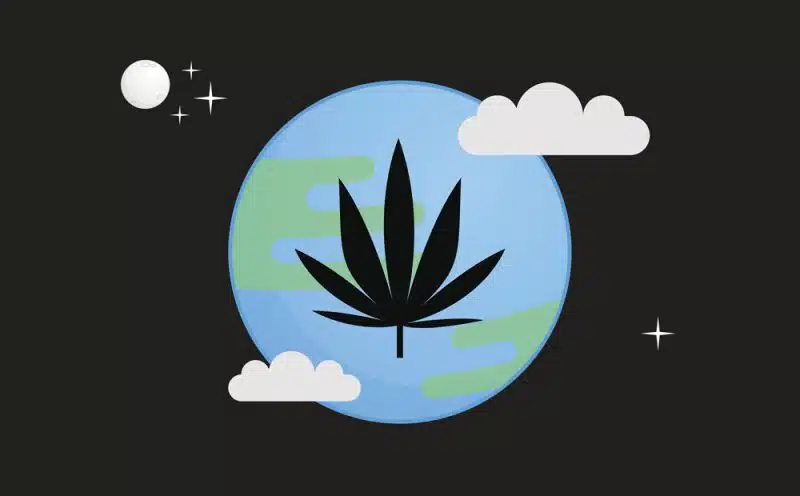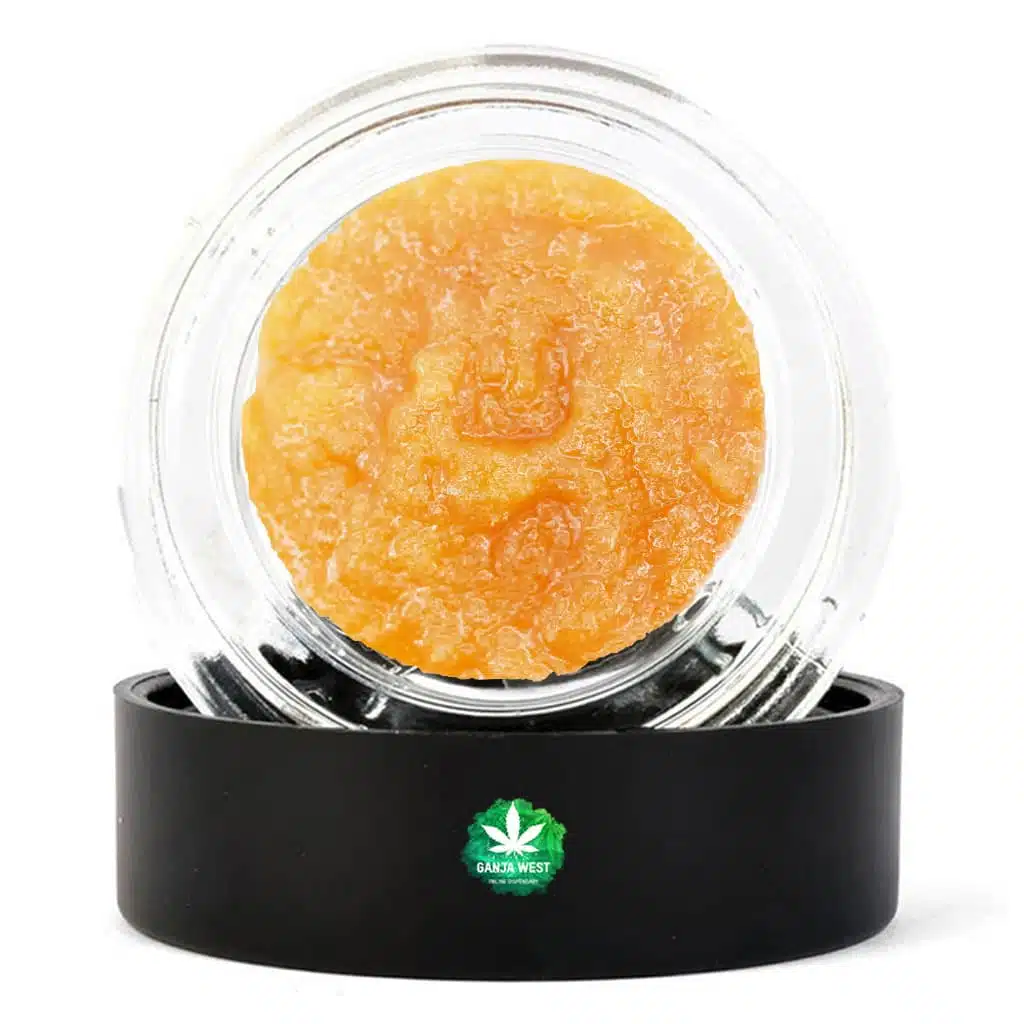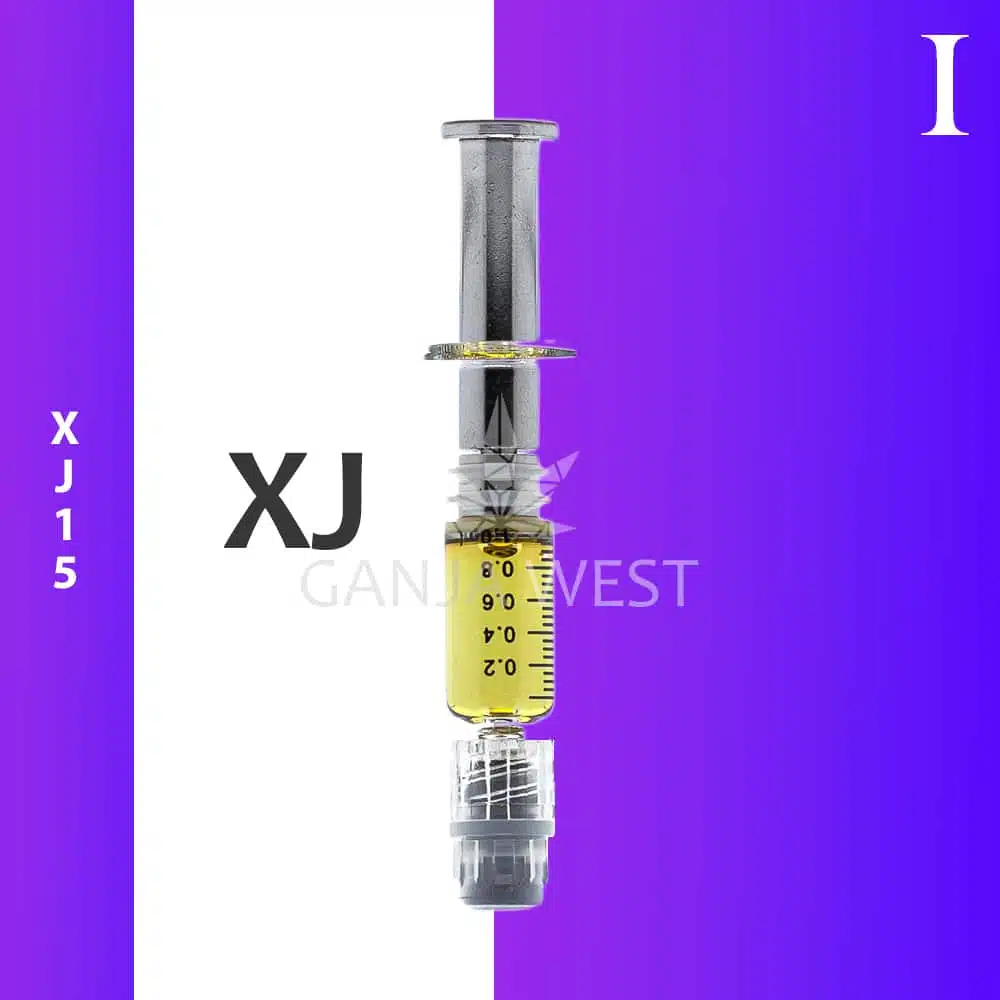How To Cure Nutrient Deficiency In Marijuana Plants
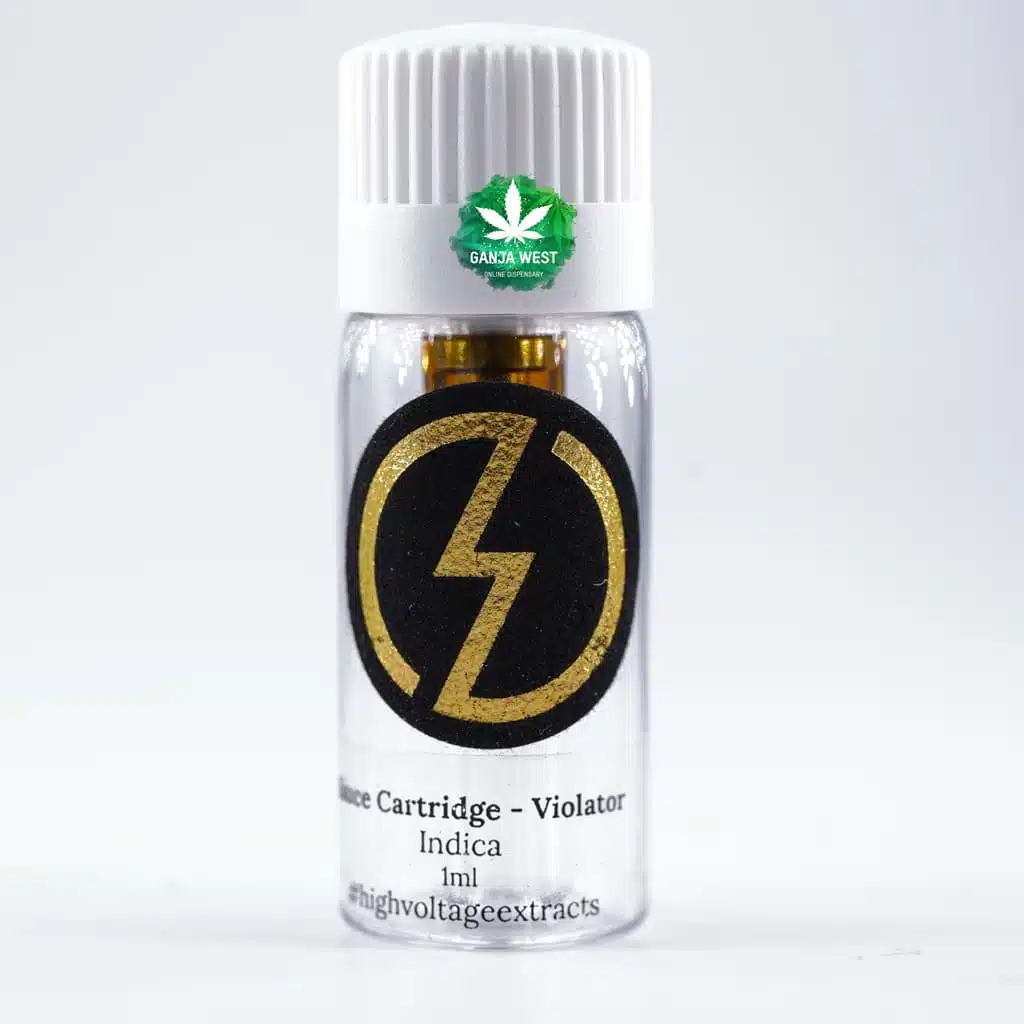
How To Cure Nutrient Deficiency In Marijuana Plants
Growing a successful crop takes hard work and dedication, but if you suspect that your cannabis plants are having a nutrient deficiency, it means that you made a mistake during the process. There is no secret to yielding a strong crop – provide the right amount of light, the best climate, adequate water, and the right level of nutrients – but for many growers, cannabis nutrient deficiencies can be a common problem. In this article, we’ll explore cannabis nutrient deficiencies and how to cure them.
Mobile VS Immobile
If your plants are not looking their best, it may be because they are lacking one or more nutrients. It can be difficult to determine which one is missing, which is why it is often a good idea to flush the soil before trying any other methods. This is because other nutrients which are higher than normal may be preventing the needed nutrients from reaching the plants. By flushing the soil, you can then test the pH level, and add the missing nutrient in that area.
When diagnosing a weed nutrient deficiency, it’s important to know the different classification of nutrients. Nutrients in cannabis plants are classified as mobile or immobile, depending on whether they can be moved around. A mobile nutrient will show signs of deficiency at the base of the plant in older leaves, where an immobile nutrient will show signs of deficiency in the newly grown leaves at the top or the outer branches. Knowing which nutrients are mobile and which are immobile can help with the diagnosis for a weed nutrient deficiency.
pH Levels
How can you tell if your weed has a nutrient deficiency? One of the first signs that your weed may be missing important nutrients is if the pH level of the water and soil around and within the plant are out of balance. When a plant takes in nutrients, it can only do so if the growth medium has a correct pH level. The pH scale is a way growers can measure the acidity and alkalinity of soil and water around plants. When determining the right pH level for your plants, it should be on a scale from 1-14, with 7 being the ideal number. If the pH levels are not correct, the plant will suffer from nutrient deficiencies and its health will decline.
Adjusting pH levels can be a great way to maintain the correct balance in your aquarium.
By adjusting the pH level of your plants, you can ensure they are getting the right amount of nutrients. This is a simple process that can be done with a pH meter or testing strips from your local gardening store. By keeping the pH level around 7, your plants will absorb nutrients the fastest and provide you with healthy growth.
Primary Nutrients – Macronutrients
If you think you might be experiencing a nutrient deficiency, make sure to investigate specific nutrients first. These nutrients provide a strong foundation for plant growth, so if you don’t have them in adequate amounts, your weed crop may not be as successful as it could be.
Nitrogen
When growing weed, it is important to check nitrogen levels to ensure plants are getting the nutrients they need. Nitrogen is an essential nutrient, and cannabis plants easily develop a deficiency if not supplied with enough of it. This can lead to problems during the vegetative stage of growth, such as poor bud growth and chlorophyll deficiency. Checking nitrogen levels is one of the most important things you can do to ensure a successful cannabis garden.
If your plant is deficient in nitrogen, the leaves will turn yellow and eventually die. The yellowing won’t appear at the top of the plant, but will appear towards the bottom. The flowering stage is when you’ll see the signs of nitrogen deficiency, during this stage the plant requires an abundance of nitrogen which will be used up quickly. If the leaves remain yellow, the plant won’t have enough energy to grow and prosper. Plants can also have too much nitrogen, known as nitrogen toxicity. Indications of nitrogen toxicity are the curling of leaves, leaf stems becoming brittle, leaves turning dark green, and flowering slowing down all together. Usually when nitrogen toxicity is the culprit, there is too much nitrogen in the plant which is being caused by a pH level issue, this is usually due to a pH imbalance rather than providing the plant with too much nitrogen.
When it comes to dealing with a marijuana nutrient deficiency, it’s important to find a solution quickly as your plant needs nitrogen to survive. Certain supplies that can be found at your local gardening store can help increase nitrogen levels, so be sure to check them out if you’re having trouble getting your plant to grow properly.
Our complete and innovative diet for your pet includes all of the top ingredients to nourish them and keep them healthy!
Adding the right fertilizer can help your plants get the nutrients they need to grow properly. Be sure to review the nutrient ratios to make sure you are using the correct product, and watch for signs that your plants are lacking nitrogen. If you notice that leaves are turning yellow, it’s okay to remove them as long as you have replaced the nitrogen you removed. And be sure to keep an eye on the pH level when treating a nutrient deficiency – it could increase or decrease depending on the condition.
Phosphorus
Marijuana plants need a good amount of phosphorus to grow properly. This important nutrient is just as important as nitrogen levels during the flowering stage. A lack of phosphorus can limit the yield of your cannabis plants, so make sure you have enough of this crucial element. Phosphorus is responsible for your cannabis plant’s strong roots and healthy leaves. Be sure to provide your plants with enough phosphorus to make the most of their growth.
When your cannabis plant is deficient in phosphorus, its symptoms will typically show up as slowed growth and weakening plants. If you’re not providing your plant with enough phosphorus, darkening foliage and other signs of deficiency will gradually start to appear. If you notice any of these signs during the colder days of the year, it might be a sign that your plant is lacking in phosphorus. If your soil is especially wet or has high alkaline levels, your cannabis plant may also be deficient in phosphorus.
If you have a phosphorus deficiency, try to deal with it in the colder months by buying fertilizer and plant food with a higher level of phosphorus. There are also fertilizers specifically for flowering that will help. It’s best to use water soluble fertilizers, because they’re the most efficient. You can also use all-purpose plant food, but only use half the recommended amount. And last, you can use fertilizers with phosphorus-rich ingredients like bone meal, worm castings, bat guano, crab shell, and crab meal.
Potassium
Marijuana plants often suffer from nutrient deficiencies, one of which is a lack of potassium. Potassium is important for plant growth and health, and is especially important in dealing with nutrient deficiencies. Most fertilizer deficiencies come from the low ratio of potassium to other macronutrients, and marijuana plants need plenty of this vital nutrient to grow successfully.
Potassium is a key nutrient for plants, and deficiencies can be difficult to identify. If you see signs that your plants are deficient in potassium, such as leaves that are turning brown or dying, growth slowing, or leaves appearing mottled or yellow, be sure to add supplemental potassium to your plants. This will help ensure a healthy flowering and yield.
Adding a potassium-rich fertilizer or a potassium additive to your watering schedule is a simple way to address a marijuana plant’s potassium deficiency. Potassium is readily absorbed by plants, so this solution is easy and fast to implement.
Secondary Nutrients
We’ve outlined the most common nutrients you’ll need to supplement your cannabis plants, but there are some rarer deficiencies that may also need attention.
The crisp, fresh smell of sulphur is a delight to the nose. It is known for its ability to calm the nerves and promote a sense of well-being.
Sulphur is important to the organoleptic profile of flowers, and it is essential to the production of chlorophyll. When a plant lacks sulphur, its growth can be delayed, leaves can distort before wilting and falling off, and a plant’s hormones and vitamins can become out of balance. Epsom salts or a fertilizer rich in sulphur can help solve this problem. If you have too much sulphur in your leaves, they will turn dark green, but this is rare with cannabis plants.
Nature’s most elemental mineral, calcium is essential for strong bones and teeth. Potassium, magnesium, and vitamin D are also essential for strong bones and teeth.
Calcium is important for root development and helps to ensure a balanced nutritional intake for plants, which in turn helps them control nutritional excesses. When calcium levels are low, growth around the roots can be slowed down, while leaves may develop irregular margins and the tips may curl. Too much calcium can also lead to problems with nutrient absorption, as can occur when levels are high. To help your plants deal with these problems, be sure to apply a fertilizer that is rich in both micro and macronutrients, and clean the roots regularly.
Magnesium is an essential mineral that helps keep your body functioning smoothly.
Magnesium is essential for chlorophyll production and photosynthesis. When you have a magnesium deficiency, leaves turn yellow and become distorted from the base to the tip. By applying a fertilizer rich in magnesium and adjusting the pH accordingly, you can help your plant to absorb calcium properly. If you have too much magnesium, it can affect how the plant absorbs nutrients. Flush the substrate thoroughly and then use a fertilizer that contains the necessary nutrients to correct the situation.
Healthy Plants = Happy High
Dealing with cannabis nutrient deficiencies can be a challenge. However, by following a trial and error process, you will eventually be able to identify the deficiencies and correct them. Some leaves might recover, so be patient and don’t remove any damaged leaves until you are sure the issue has been resolved. Once you have corrected the deficiencies, lightly prune the damaged leaves. Always be vigilant and watch your plants closely so you can identify any deficiencies as quickly as possible. After correcting the deficiencies give your plant a few days to recover before doing anything else. If you want to avoid nutrient deficiencies altogether, make sure your seeds are of high quality.
Conclusion
If you are interested in cannabis and THC products, check out Ganja West online dispensary at ganjawest.co!


